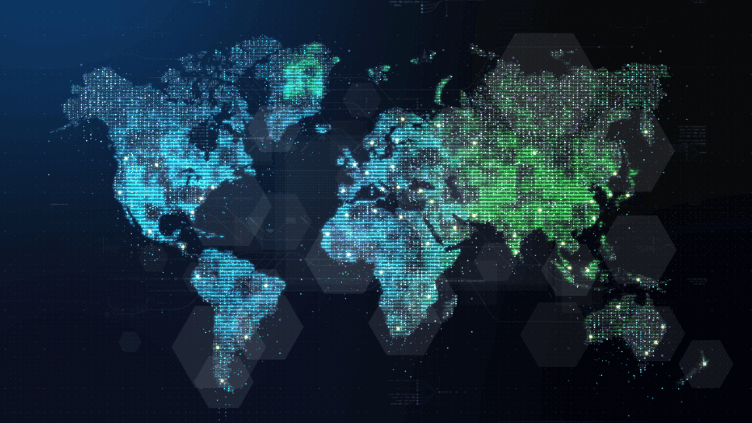BLOG
Location analytics is the future of analytics
Authored by Porter Thorndike, Principal Product Manager, ibi

Several years ago, a brilliant colleague of mine told me that “location analytics is the future of analytics”. Since that time I've been fortunate to work on incredible applications of location analytics across Modern BI and Enterprise BI use cases. The context of location, when combined with your organization’s other critical business data, provides infinitely more valuable insights to inform decision-making. And now, with the emergence of Generative AI and natural language interfaces, location analytics will take on even greater importance.
Nine years ago I was involved in the development of our visual analytics solution. As we were approaching completion I knew that I needed a demo that would knock people’s socks off to help sell it to our account executives, sales engineers, and customers. I had just moved to Stowe, VT with my family from Boston, MA. It got me thinking about population change and how many people are moving to and from each state, county, and city. With WebFOCUS, I was able to connect to publicly available data on the topic and prepare it for visualization graphically. Using an out-of-the-box zip code layer I was able to visualize in minutes which counties had seen the greatest increase and decrease. A couple of counties in North Dakota jumped off the map as having massive increases in population. Through continued data acquisition and analysis it turned out to be related to a boom in fracking in the area.
This exercise opened my eyes to the value that location-based analytics could deliver to “speed of thought” exploratory exercises. Location, when combined with your other critical business data, was critical for the modern insight discovery exercises that were disrupting the Analytics and Business Intelligence marketplace. If it was critical to solve those use cases, it would also be critical to power the larger, mission-critical applications that WebFOCUS was a market leader in. Over the past decade, I’ve seen incredible applications across verticals such as law enforcement, automotive, insurance and banking leverage the true power of location based data. One of my favorites is an Omni HealthData application that allows you to identify at-risk cohorts of patients based on a series of risk factors.
With ibi WebFOCUS, I’ve been able to work with the leader in geospatial analytics, Esri. My favorite capabilities have always been the level of interactivity and breadth of visualization capabilities. The user experience to perform end-to-end data and visualization of geospatial data has never been easier or more functionally complete. Within Designer, you can take advantage of multiple map layers and advanced visualization techniques like feature layers, animated feature layers, clustering, density, and heatmaps.
As we look to the future I think location-based data will be critical to power the next generation of analytics capabilities. Natural Language Query and Generative AI services will use the context of location to suggest more relevant questions and deliver more accurate results. Machine generated data stories will mine location-based data to find trends, patterns, and outliers in your data and communicate it back using an automatically generated narrative and visualization.
